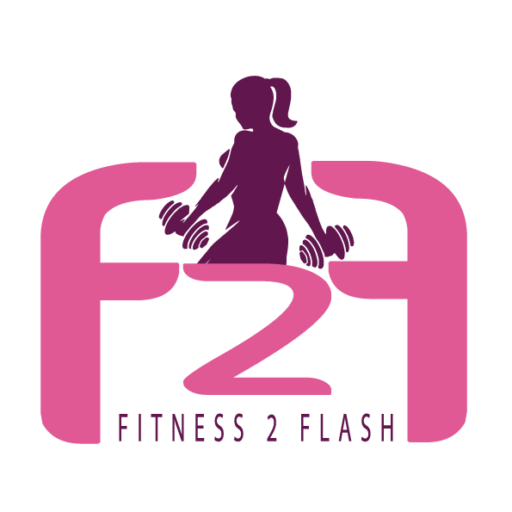Good posture isn’t just about looks. How we sit, stand, and walk daily affects our health and even our mood. But the fact remains that people rarely realize how much a good posture can improve their quality of life. We all want to be fit and want to avoid experiencing body pains as we age, which is why, working on improving your posture earlier on should be one of your top priorities.
Benefits of a good Posture
We have certainly heard of all these, but just a reminder of what maintaining a good posture can do for you:
- Maximize your results from your workout
- Make you look and feel stronger and more confident
- Decrease the risk of injury
- Prevent unnecessary strain on your muscles and joints
- Improve your breathing
Signs of poor Posture
You don’t just wake up with bad posture one day…It happens due to poor habits repeated over a lifetime. When ignored, it becomes second nature and we hardly realize how we look, all slouched over.
Do a basic self-assessment. Check for one or more of these typical signs of poor posture:

- rounded back
- drooping shoulders
- head bent forward
- belly hanging out loose
- tilted or sway hips
- leaning on one leg when standing
Improving your Posture.
If you have now figured out just how much you can improve your posture, it can seem overwhelming to do all at once. Improving your posture would mean changing your habits, which obviously may take time, but will be worth the effort.
- Find your neutral Alignment.

Stand with your back against a wall to find your proper posture. Your head, upper back, shoulders and butt should touch the wall.Keep your heels around 2-4 inches away from the wall, to avoid over-arching your back. This defines the posture that your spine will be neutral at, and which should be followed at all times while standing.
- Check and correct your posture constantly
Try to get into the habit of checking your posture throughout the day. Use reminders like setting the alarm on your phone every hour to check your posture or sticky notes or whatever else suits you, to help you to form this habit.
- Vary your position
If you are confined to the desk all day, consciously get up and walk around at regular intervals. Stand while speaking on the phone, or get up to drink water or even just to stretch yourself from the position. Ensure that you don’t put all the body weight onto one leg by leaning on it while standing and that your body is upright while sitting.

- Strengthen your Hips
Misalignment in your pelvis and lower back is caused often by inflexible hip muscles. Include exercises in your workouts that stretch and strengthen these muscles, which will aid in keeping proper posture.

- Strengthen your core
A strong core can remove the pressure off your back and, on a separate note, can also help you get closer to the strong abs you’ve dreamed of! Check out our blog on core strengthening for a guide on working on your core.
- Stretch and strengthen your back
If lower back pain is what is troubling you and causing you to hunch over, it is about time you worked on strengthening that area. Stretch yourself when you stand up after long sitting intervals. Exercise to strengthen your lower back– yoga, swimming or weight training done under supervision will help.

- Vary your exercise program
Never skip exercise! Exercise done with good form will improve your overall balance and strengthen your muscles, thereby greatly improving your posture. Try Yoga, Tai Chi or Pilates and consider including at least one of these in your routine. These styles of exercise emphasize alignment and controlled movement of the spine, which help develop good posture and strengthens your body as a whole.




